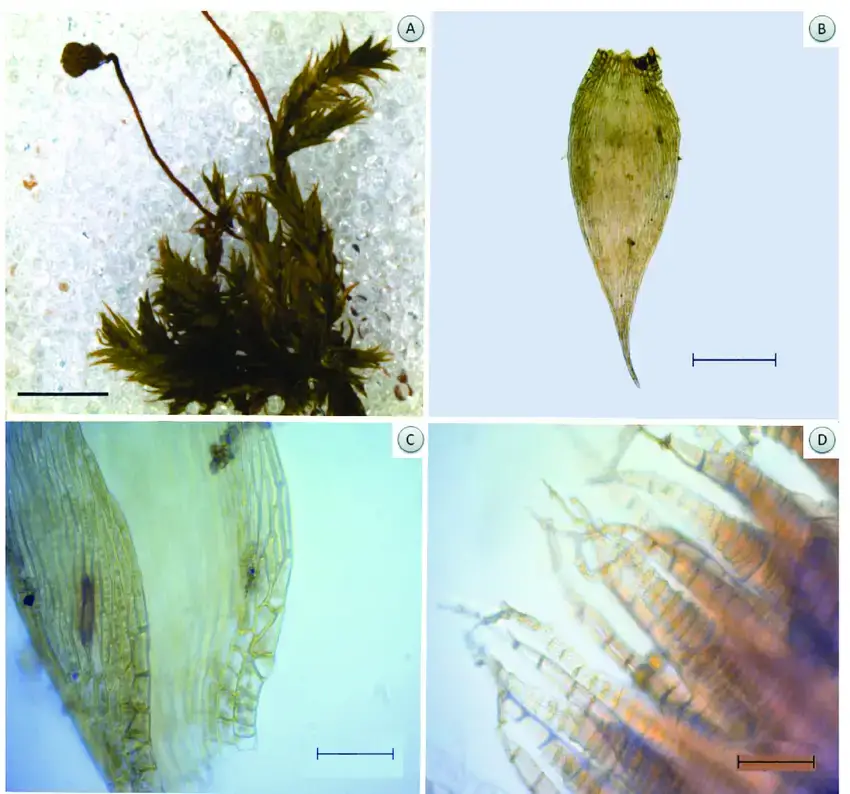
A-D-Isopterygium-byssobolax-Muell-Hal-Paris-A-Habito-de-crescimento-B-Filidio-C.png from: https://www.researchgate.net/figure/A-D-Isopterygium-byssobolax-Muell-Hal-Paris-A-Habito-de-crescimento-B-Filidio-C_fig1_320224561
Exploring the Fascinating World of Taxithelium Moss
Introduction
Mosses may be small, but they play a big role in many ecosystems around the world. One particularly interesting species is
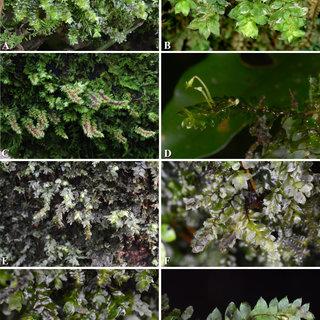
A-D-Calyptrochaeta-remotifolia-MuellHal-ZIwats-BCTan-Touw-A-B-Plants-in_Q320.jpg from: https://www.researchgate.net/figure/Calyptrochaeta-remotifolia-MuellHal-ZIwats-BCTan-Touw-A-B-Sterile_fig1_311527417
Taxithelium microthamnioides (Müll.Hal.) Paris, also known simply as Taxithelium moss. This tiny plant packs a lot of intrigue for moss enthusiasts! Let’s take a closer look at this captivating bryophyte.
Background on Taxithelium Moss
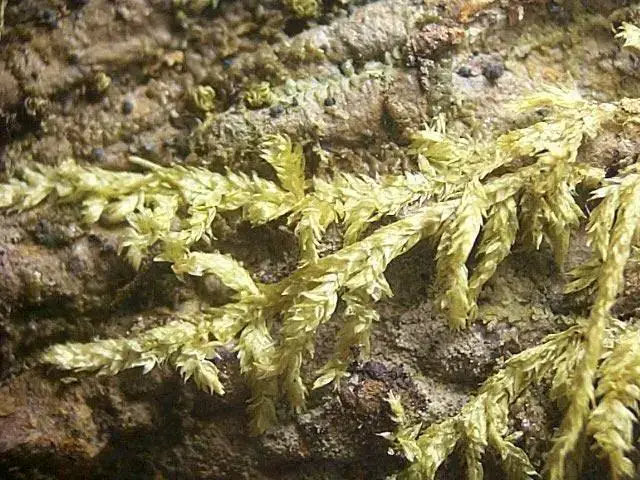
TAXITHELIUM%2BPLANUM%2BR.jpg from: https://popmicrosoftnueva.blogspot.com/2020/01/briofitas-pleurocarpicas-hypnales-sin.html
Taxithelium microthamnioides is a species of moss in the Pylaisiadelphaceae family. It belongs to the division Bryophyta and class Bryopsida
Aulacopilum-beccarii-MuellHal-Mitt-A-Plant-B-Cross-section-of-stem-C-D-Leaves.ppm from: https://www.researchgate.net/figure/Aulacopilum-beccarii-MuellHal-Mitt-A-Plant-B-Cross-section-of-stem-C-D-Leaves_fig1_268271958
. The species was first described by German botanist Carl Müller in 1896 under the basionym Hypnum microthamnioides. It was later transferred to the genus Taxithelium by French botanist Édouard-Gabriel Paris in 1900.

stock-photo-taxithelium-mountain-forest-moss-background-2212821995.jpg from: https://www.shutterstock.com/image-photo/taxithelium-mountain-forest-moss-background-2212821995
Morphology and Identification
Taxithelium moss forms small, delicate mats on its substrate. The individual plants have creeping stems that branch irregularly. The leaves are ovate-lanceolate in shape, typically less than 1 mm long, and have a short, double costa (midrib). Leaf margins are entire and the cells are linear.
One of the most distinctive features of T. microthamnioides is its sporophyte. The seta (stalk) is smooth and reddish, measuring 1-2 cm tall. Capsules are inclined to horizontal and cylindrical in shape. Spores are released from the capsule through a ring of teeth called the peristome.
Global Distribution and Habitat
Taxithelium microthamnioides has a pantropical distribution, meaning it occurs in tropical regions around the world. Its range includes parts of Asia, Africa, Australia, and the Americas. The species is most commonly found in lowland tropical forests.
This moss is typically
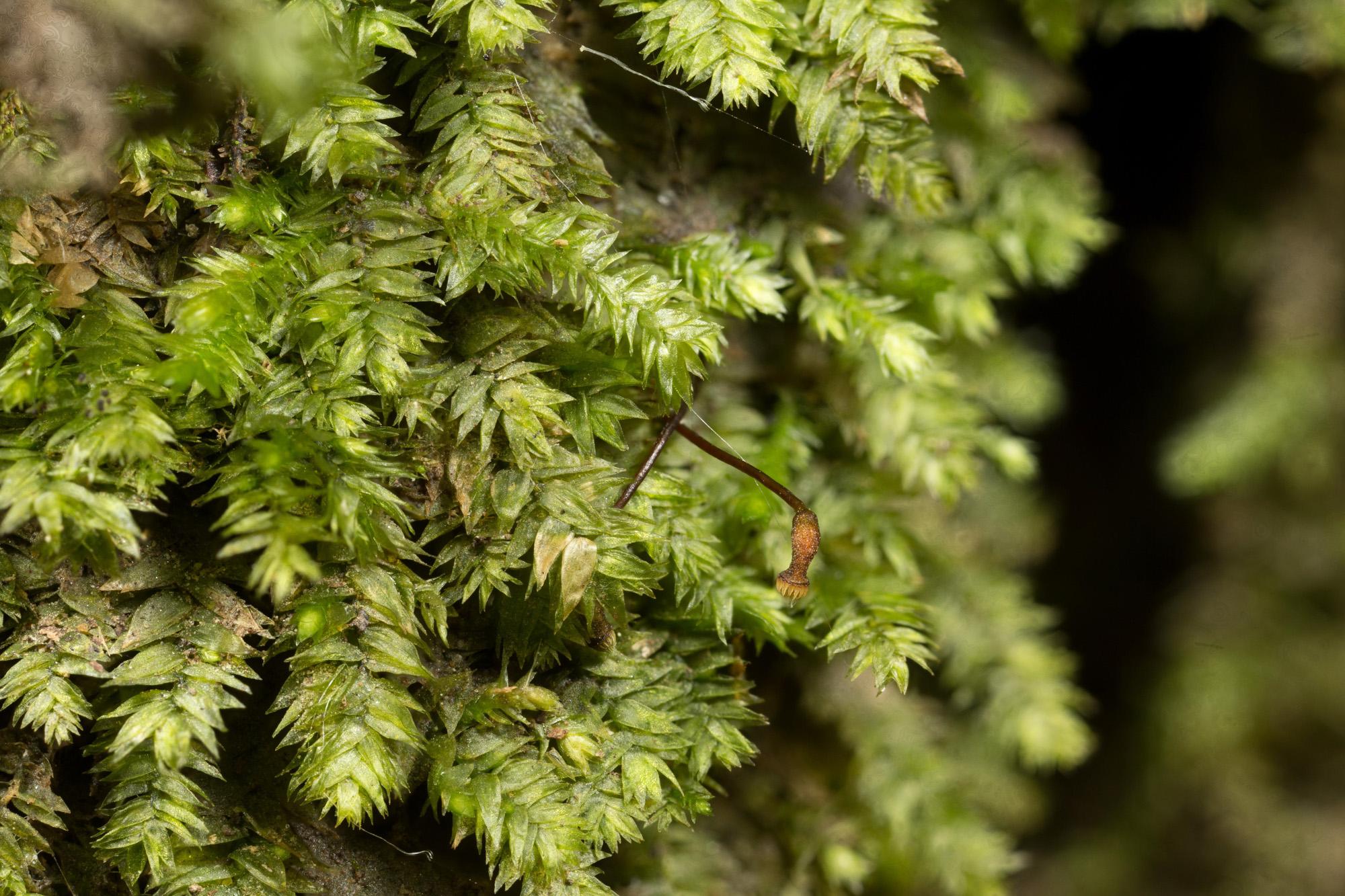
Taxiphyllum-taxirameum-3.jpg from: https://ohiomosslichen.org/moss-taxiphyllum-taxirameum/
epiphytic, growing on the bark of trees and shrubs. It prefers humid, shady habitats and is often found in dense forests or along streams. Taxithelium frequently grows mixed in with other bryophytes as part of the epiphytic plant community.
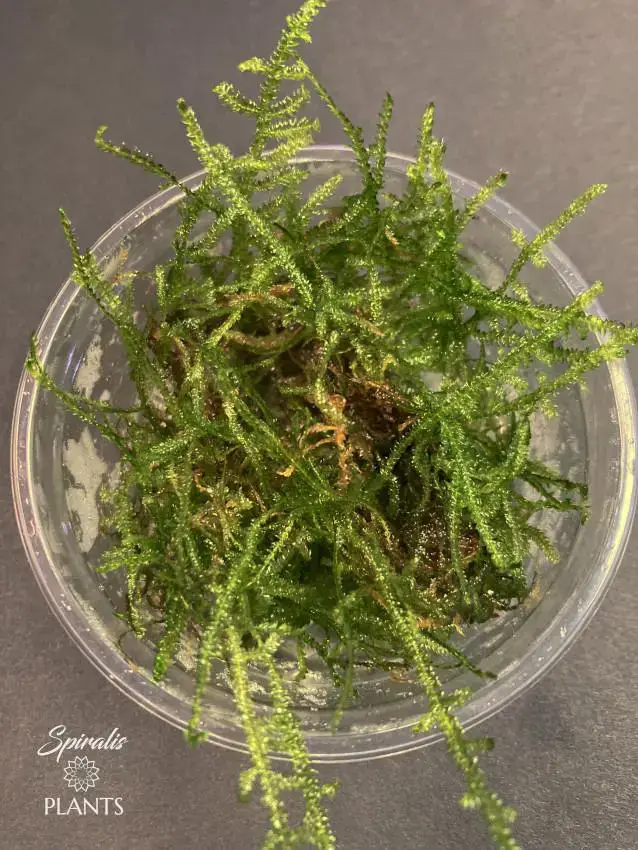
Terrarium-Moss-Taiwan-Moss-Taxiphyllum-alternans.jpg from: https://www.spiralis.co.uk/taxiphyllum-alternans-taiwan-moss/
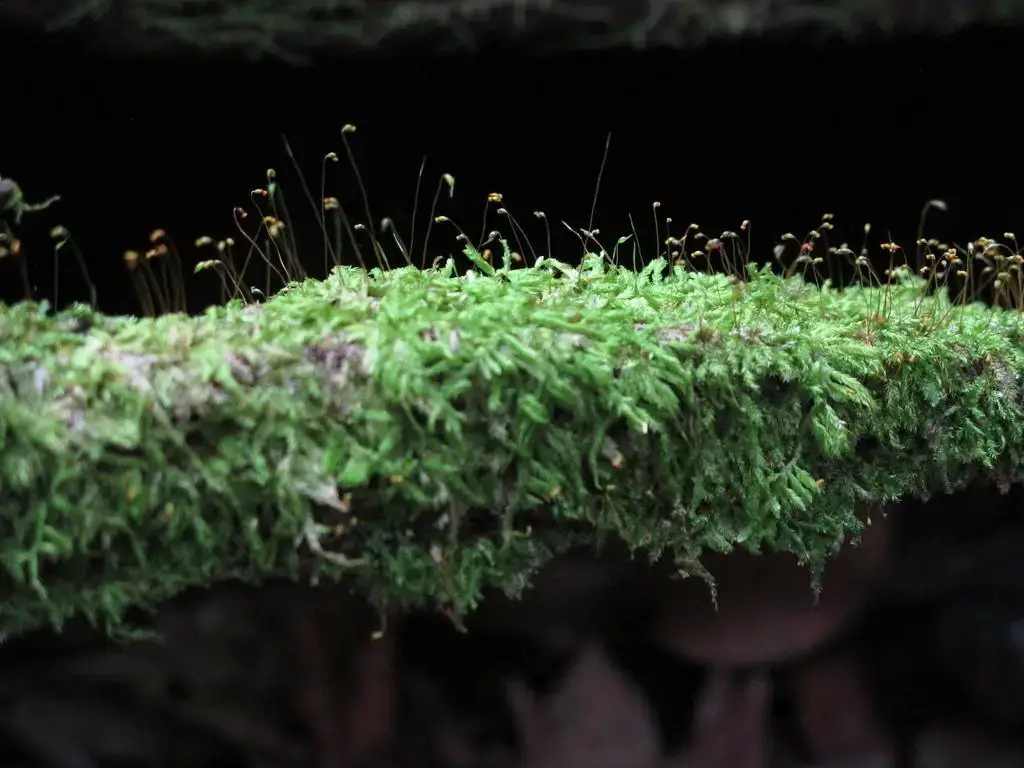
taxithelium_planum.jpg from: https://www.earth.com/plant-encyclopedia/bryophytes/sematophyllaceae/taxithelium-planum/en/
Ecological Roles and Adaptations
Like other mosses, Taxithelium plays an important role in its ecosystem
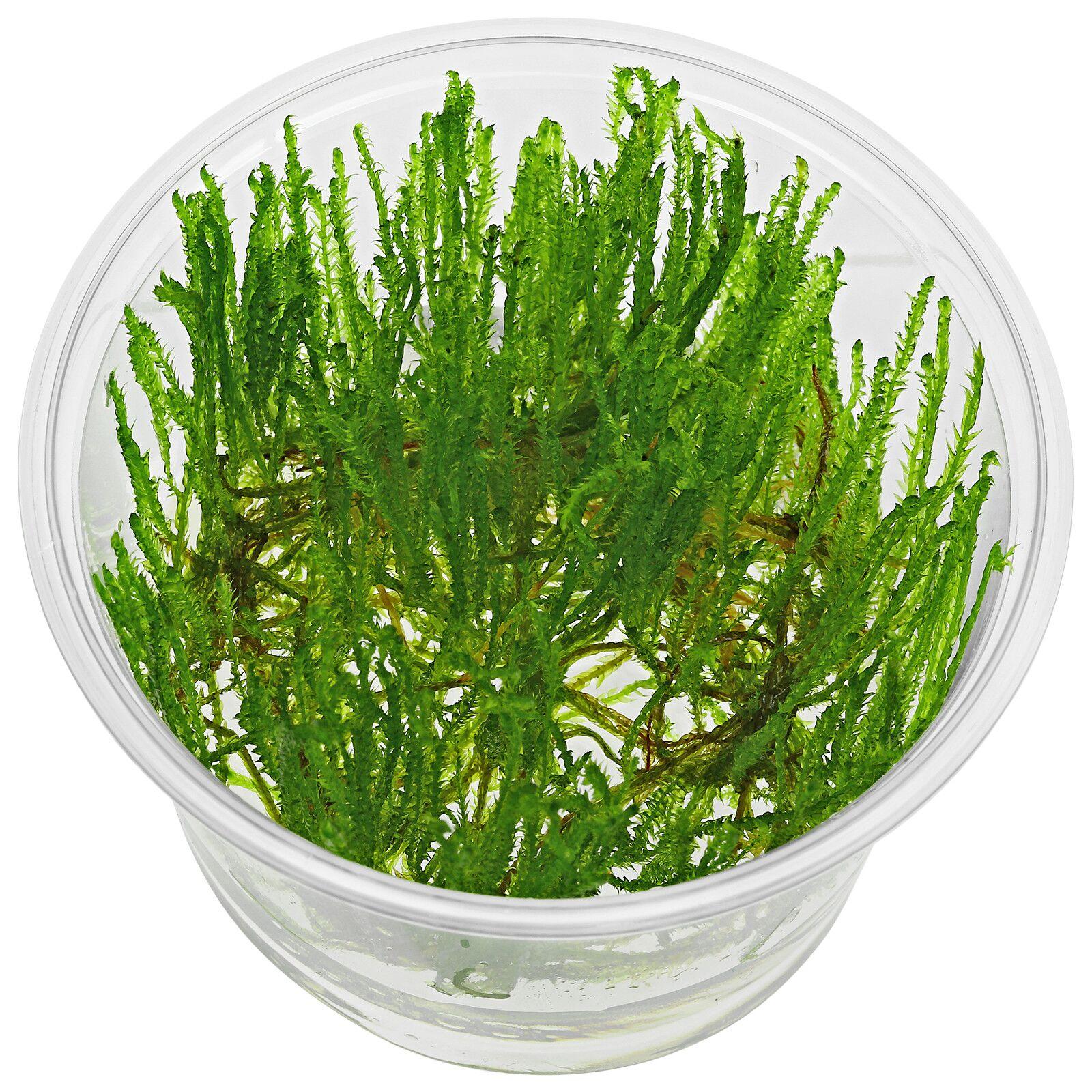
taxiphyllum-alternans-taiwan-moss-in-vitro.jpg from: https://www.aquasabi.com/Taxiphyllum-alternans-Taiwan-Moss
. It helps retain moisture and nutrients in its environment, provides habitat for micro-organisms, and serves as a pioneer species in succession.
Taxithelium has several adaptations that allow it to thrive in its tropical habitat:
- Its small size and creeping habit help it grow closely appressed to its substrate
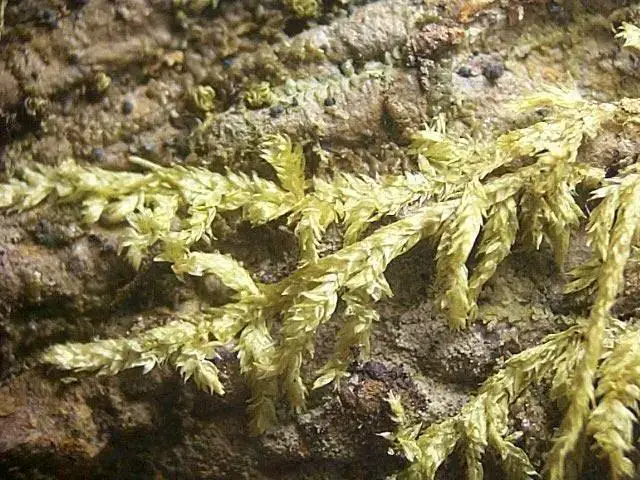
Taxithelium%2BPLANUM%2BC.jpg from: https://plantasdepuertorico.blogspot.com/2017/02/musgos-hypnales-taxithelium-planum.html
- Leaves have a rudimentary costa and linear cells that aid in water retention
- The seta is phototropic, orienting the capsule for optimal spore dispersal
Conclusion
From its tiny leaves to its global distribution, Taxithelium microthamnioides is a prime example of how mosses can be small in stature but significant in impact. This tropical species serves as a reminder that biodiversity exists all around us, even in the most unexpected places. The next time you find yourself in a tropical forest, take a moment to appreciate the intricate world of Taxithelium and other epiphytic mosses!
What other miniature marvels of nature have you encountered? Share your experiences in the comments below!